Who is Anne McLaren - Biography, Personal Life, Career and Legacy
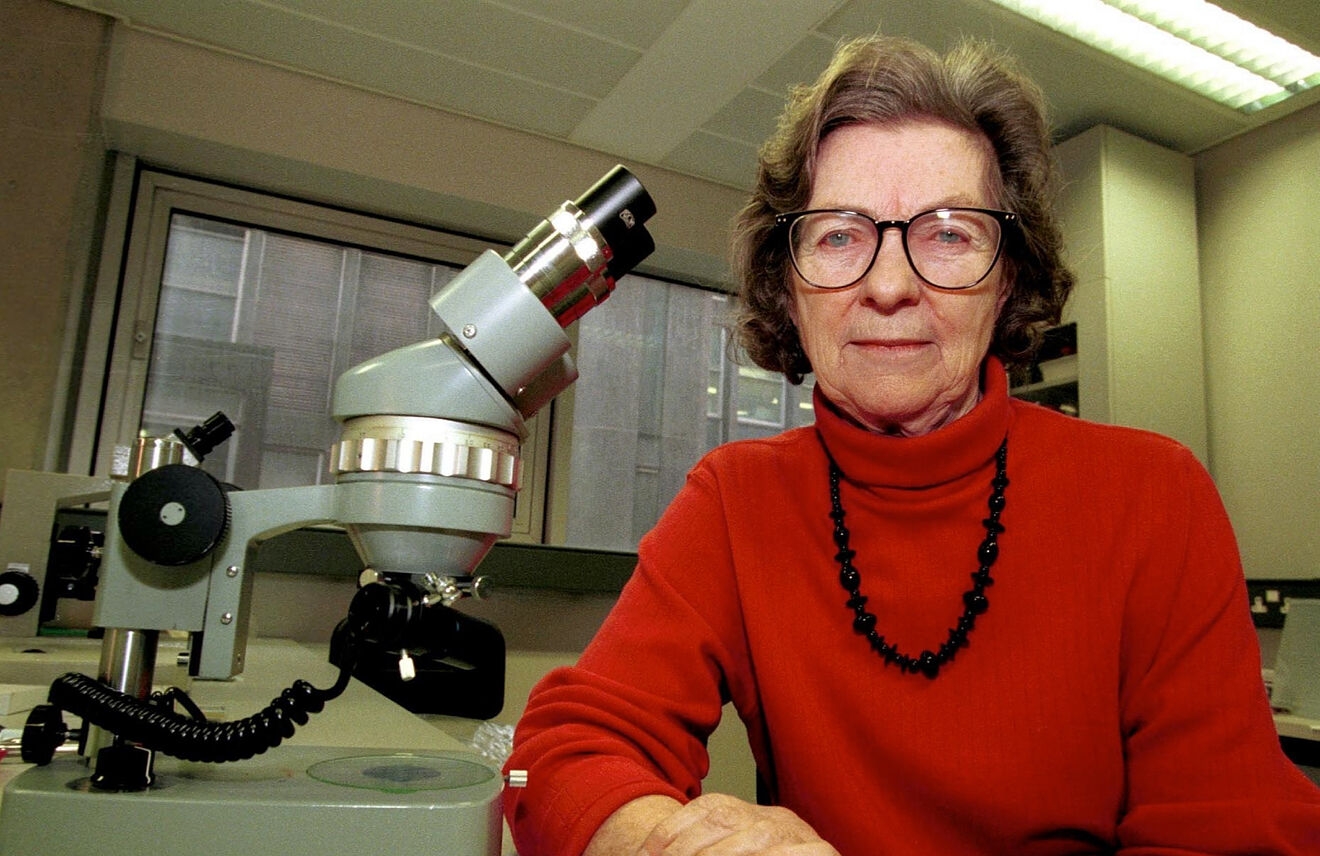 |
| Photo marca.com |
McLaren’s background
Dame Anne McLaren, in full Dame Anne Laura Dorinthea McLaren, was born April 26, 1927 in London, and died on July 7, 2007 near London.
McLaren was raised in London and in Bodnant, Wales. In 1936, she played a small role in the H.G. Wells sci-fi movie, The Shape of Things to Come, and in her scene, which was set in 2054, her great-grandfather lectured her on the advancement of space technology that had put mice on the moon. McLaren would later credit this experience as an early inspiration for her love of science.
McLaren’s study and work
She studied zoology at Lady Margaret Hall, Oxford, receiving a Ph.D. in 1952. That same year, at University College London (UCL) with her husband, Donald Michie, she began fundamental research into the mechanisms driving the embryonic skeletal development of mice. She and Michie then moved to the Royal Veterinary College (1955–59), where she was responsible for the first successful in vitro culture and uterine implantation of mouse embryos, which were successfully carried to term.
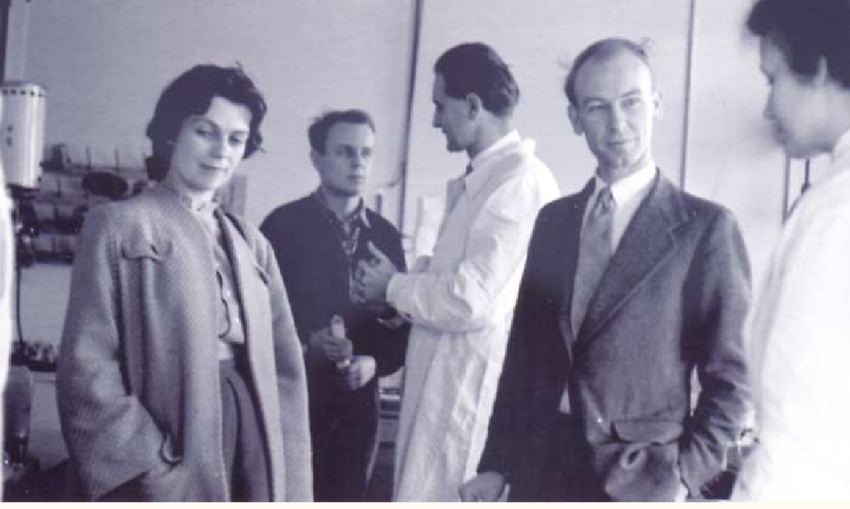 |
| Anne McLaren and Donald Michie visiting Milan Hašek's department in Prague-Dejvice in 1956. Photo researchgate.net |
McLaren then carried out significant work in the development of mammalian chimeras at the University of Edinburgh (1959–74). (Chimeras are animals made up of cells that originated from at least two genetically distinct zygotes.) She returned to UCL as director of the Medical Research Council’s Mammalian Development Unit (1974–92), and, following her mandatory retirement, she served as a principal researcher at the Wellcome Trust (1992–2007). In 2004 McLaren cofounded the Frozen Ark, a repository of genetic material from endangered animals intended for both study and potential cloning applications.
Working with mice
McLaren was made a fellow of the Royal Society in 1975. She was the first woman to serve as an officer with the society, first as foreign secretary (1991–96) and then as vice president (1992–96). McLaren was also president of the British Association for the Advancement of Science (1993–94). She was appointed Dame Commander of the Order of the British Empire (DBE) in 1993.
In the 1950s, McLaren worked with mice to further understand the biology of mammalian development.
McLaren and her colleague John Biggers were able to demonstrate the possibility of creating healthy embryos outside of the mother's womb by successfully growing mouse embryos in vitro. These findings were published in 1958 and paved the way for the development of in vitro fertilization (IVF) technology.
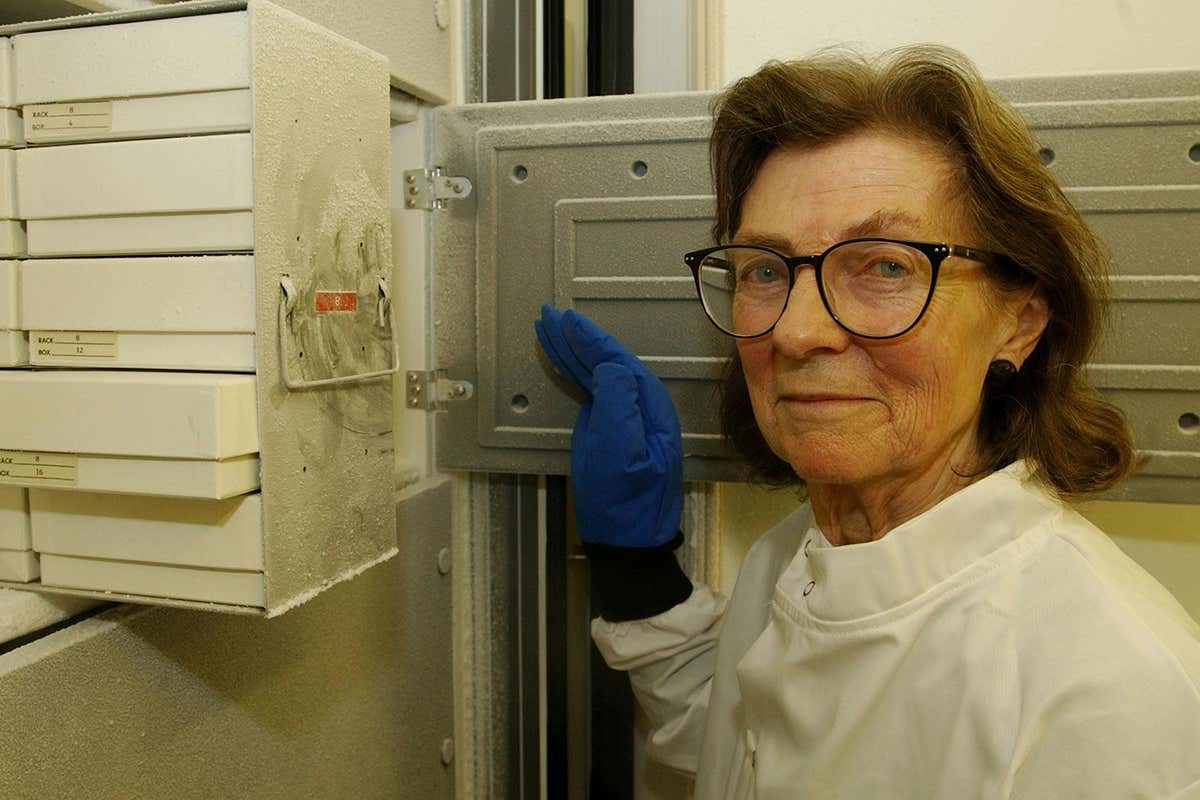 |
| Photo newscientist.com |
IVF was first used with humans twenty years after the findings were published when the first "IVF baby" Louise Brown was born, though the ethics surrounding the technology were considered controversial.
What did Google Doogle talk about McLaren?
“While the subjects of her research were tiny, the implications of their study proved massive.”
Google celebrated the life and work of Anne McLaren with a doodle on the date of her 94th birthday on April 26, 2021.
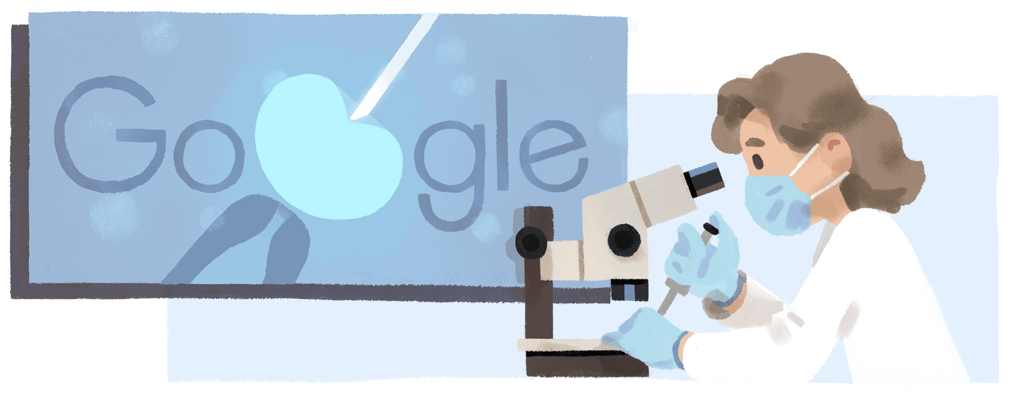 |
| Photo Google Doodle |
Google said: “Today’s Doodle celebrates the 94th birthday of British scientist and author Anne McLaren, who is widely considered one of the most significant reproductive biologists of the 20th century.
“Her fundamental research on embryology has helped countless people realize their dreams of parenthood.”
"Happy birthday, Anne McLaren. Thank you for all your incredible work and for inspiring many new generations to come because of it!."
Some other facts about McLaren
-McLaren was appointed Foreign Secretary, and later vice-president of The Royal Society, the world's oldest scientific institution, in 1991. This made her the first woman to ever hold office in the institution's 330-year-history.
-She was traveling with Michie — from whom she had amicably divorced in 1959 — when they were both killed in a car accident in 2007.
McLaren in the eyes of othersPaul Burgoyne, from the Division of Developmental Genetics and Stem Cell Research, MRC National Institute for Medical Research, The Ridgeway, Mill Hill, London, UK: I first met Anne as a Ph.D. student at the Institute of Animal Genetics, and in 1979 she invited me to join the staff of the MDU. Soon after my arrival, I suggested to Anne that improvements could be made in the way the mouse colony was managed. At this point I learned that Anne's response to criticism was to rapidly assess its merit, and, if this assessment was positive, to move quickly to decisive action. In this instance, I left five minutes later having been given the job of overseeing the running of the mouse colony, which I did for the next 13 years! I also came to appreciate that she did not allow her work commitments to compromise her dedication to the upbringing of her children. When I joined the MDU, in order to spend time with my young family, I worked an 8 a.m. to 5:30 p.m. day, but on one occasion, the demands of some mouse embryos required that I stay into the evening. On realizing I was still there, Anne chastised me, saying, “You should be at home with your family! |
 International Day of Women and Girls in Science (February 11): Aiming, Significance, What can be done International Day of Women and Girls in Science (February 11): Aiming, Significance, What can be done The International Day of Women and Girls in Science celebrated on 11 February, is implemented by UNESCO and UN-Women(link is external), in collaboration with institutions ... |
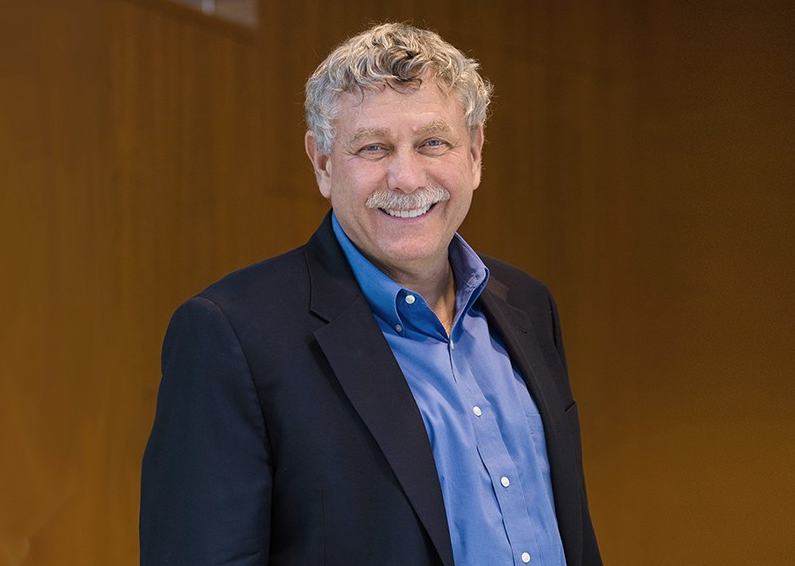 Who is Eric Lander - New Science Adviser: Biography, Personal Life, Political Career Who is Eric Lander - New Science Adviser: Biography, Personal Life, Political Career US president-elect Joe Biden has chosen geneticist Eric Lander as presidential science adviser and director of the Office of Science and Technology Policy (OSTP). Profile, ... |



























